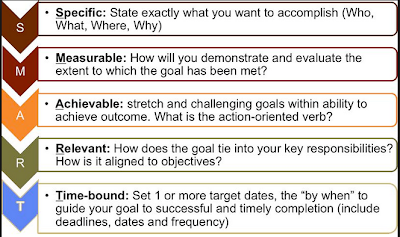The film is based on the ancient Chinese proverb "One
monk will shoulder two buckets of water; two monks will share the load, but add
a third and no one will want to fetch water." The film does
not contain any dialogues, allowing it to be watched by any culture, and a
different music instrument was used to signify each monk. The film tells
the story from the aspect of the Buddhist bhikkhu.
Description of
Story:
On
the high mountain there is a temple. There is a long distance from the temple
to the river which is located at the foot of the mountain. One monk used to
live there. He had to walk a long way to fetch water, but he did it every day.
One day, another monk appeared in the temple. Now who’s to fetch water became a
regular argument between them. Luckily they found a solution: they carried
water together. Then the 3rd monk became a member of the temple, which brought
complexity, because they all thought the others should go and get water. They
suffered from thirst, but nobody still did not want to move until a mouse ate
the candle, and the flame started to burn down their temple. They worked
together and transported water from the river and finally saved their temple.
"Without Co-operation, one monk can fetch two buckets of water ,two monks only be able to fetch 1 bucket of water and three monks fetch no water at all."
Although,
as a manager, one should focus on Technical factors as they are the important
ones and make an organization stand out from its competitors:
Human Factors:
1.
Sharing
Responsibility: The story tells us that each monk is capable
to fetch 2 buckets of water when working alone. But, while working together
each one tries to avoid work and expects the other monk to do it. In
organizations as well employees might develop prejudice towards certain type of
work and face the similar problem. Hence, the important point is to understand
the importance of working as a team and sharing the responsibilities fairly.
2.
Cooperation: It is an important
factor and is seen lacking in the story of 3 monks until the fire breaks up.
But disasters are not a everyday thing and hence it is expected that
cooperation should exist in normal conditions also.
Technical Factors:
1. Scale/Tools: As seen in the movie, a scale was used to evenly divide
the load among the two persons.
It shows how the use of
standardized tools helps to avoid controversies and incorporate fair practices.
2. Productivity: It is necessary to gauge the productivity of employees in
order to analyse the performance of an organization. Hence, it becomes an
important parameter and the system should be designed to maximize productivity.
3. Participative Management: It involves all the stakeholders in the decision making process. As in case of a movie, while dividing the load of the bucket one monk did the scaling and the other did marking. It involves both the parties and avoids any conflicts that may arise at some later point of time.
So concluding “Great
things can be achieved by Co-operation”




